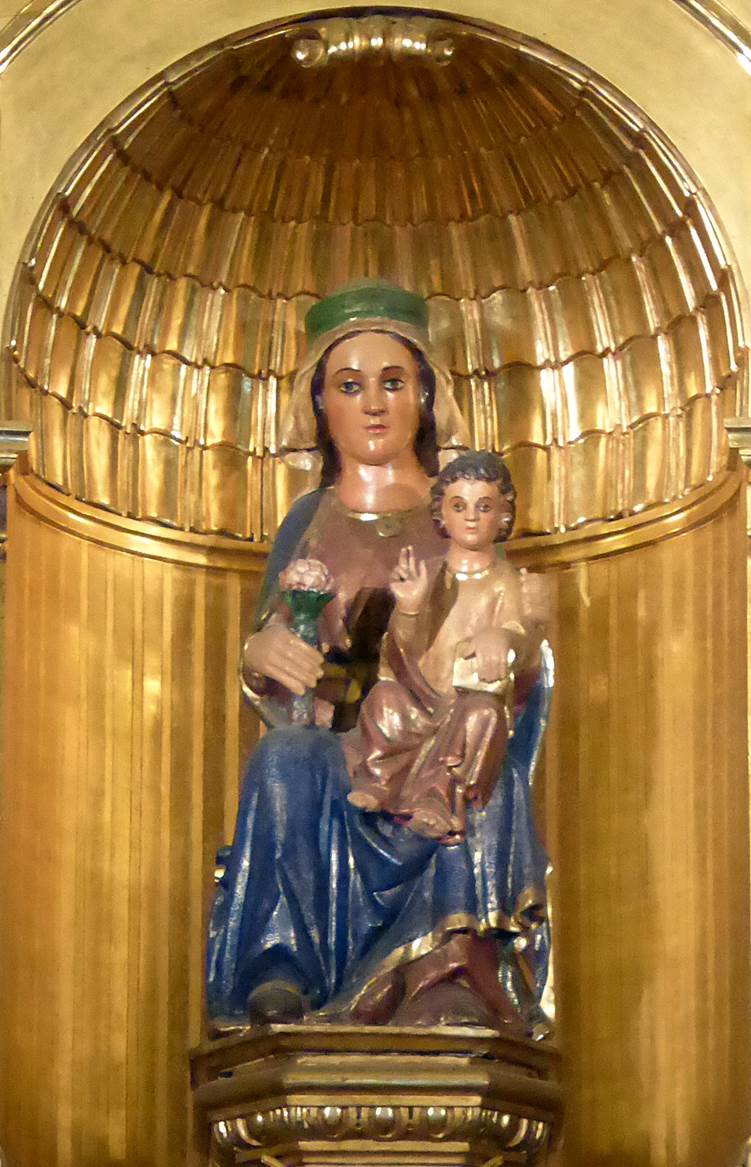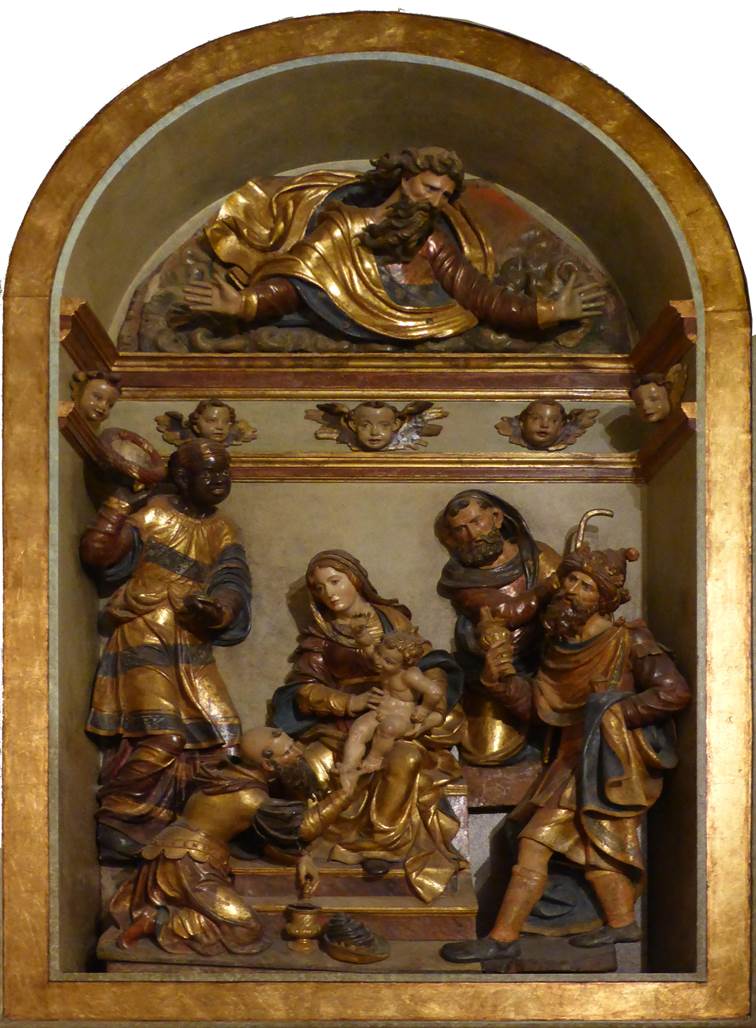
“...to build a church for burial and for hearing mass and for other things that are needed...”
María Díaz de Haro, "Lady of Biscay," founded the town in 1322 and told the people of Portugalete to find the most suitable location to build a church in honor of the Virgin Mary. To this end, the highest point in the town was chosen, and a small, simple church with a wooden roof was built.
Only the " Virgin Mary ," which presides over the Basilica's main altarpiece, remains of this building. It is a 14th-century carving, a true testament to medieval spirituality.

The Basilica of Santa Maria dates back to the late 15th century, is built in sandstone ashlar and its construction took almost a century.
We can classify this building as a Gothic building with Renaissance influences, especially in the façades.

The most notable features of its exterior are the flying buttresses, gargoyles, doorways and bell tower, which was built later, between 1691 and 1741 and rebuilt in the 19th century.
The side entrance is the oldest, known as the Portal de la Ribera, and shows signs of erosion from the northwest winds. In the center of the entrance arch, it bears the name of the church's master stonemason: Garita.

The main entrance is sheltered under the bell tower and has an image of Mary in its niche, similar to the Gothic carving of "The Virgin."
Inside, the main altarpiece , in the Renaissance style, stands out. It was made of walnut, and only the central section is polychrome.

This altarpiece, along with the Adoration of the Magi , is listed as a Site of Cultural Interest, with the category of monument.

On both sides of the Main Altarpiece, we can admire two interesting examples of Flemish Gothic-Renaissance painting: The Triptych and the painting of the Coronation of the Virgin, popularly known as “The Virgin of the Pear”.


The side aisles contain various chapels belonging to the town's most important families, such as the Salazar, Ugarte, and Coscojales families. Highlights include the image of Christ of the Portal, a Gothic carving from the late 15th century, and the grille of the Chapel of Santiago, dating from 1569, one of the oldest in Biscay.

In the choir stalls is an organ from the French firm of Henry Didier, built in 1903, which is still in use today.
Visiting hours:
The Basilica is open during religious service hours. Click for the schedule.
Additionally, in summer, the Friends of the Basilica Association offers free guided tours , with no registration required. For schedules , contact the Tourist Office at 944 729 314 or via email at turismo@portugalete.org.
If it's closed when you go, be sure to enjoy its interior with one of these videos:
Click to watch the video for more information (4:49´)
Click to watch the video with more information (9:52) by Javier López
Accessibility:
It's recommended to enter through the door located under the bell tower. There's a step, but a ramp is usually provided for easier access.
Inside, the floor has been renovated, and the chapels are separated by steps, but as they are small, they can be seen from the side aisles.